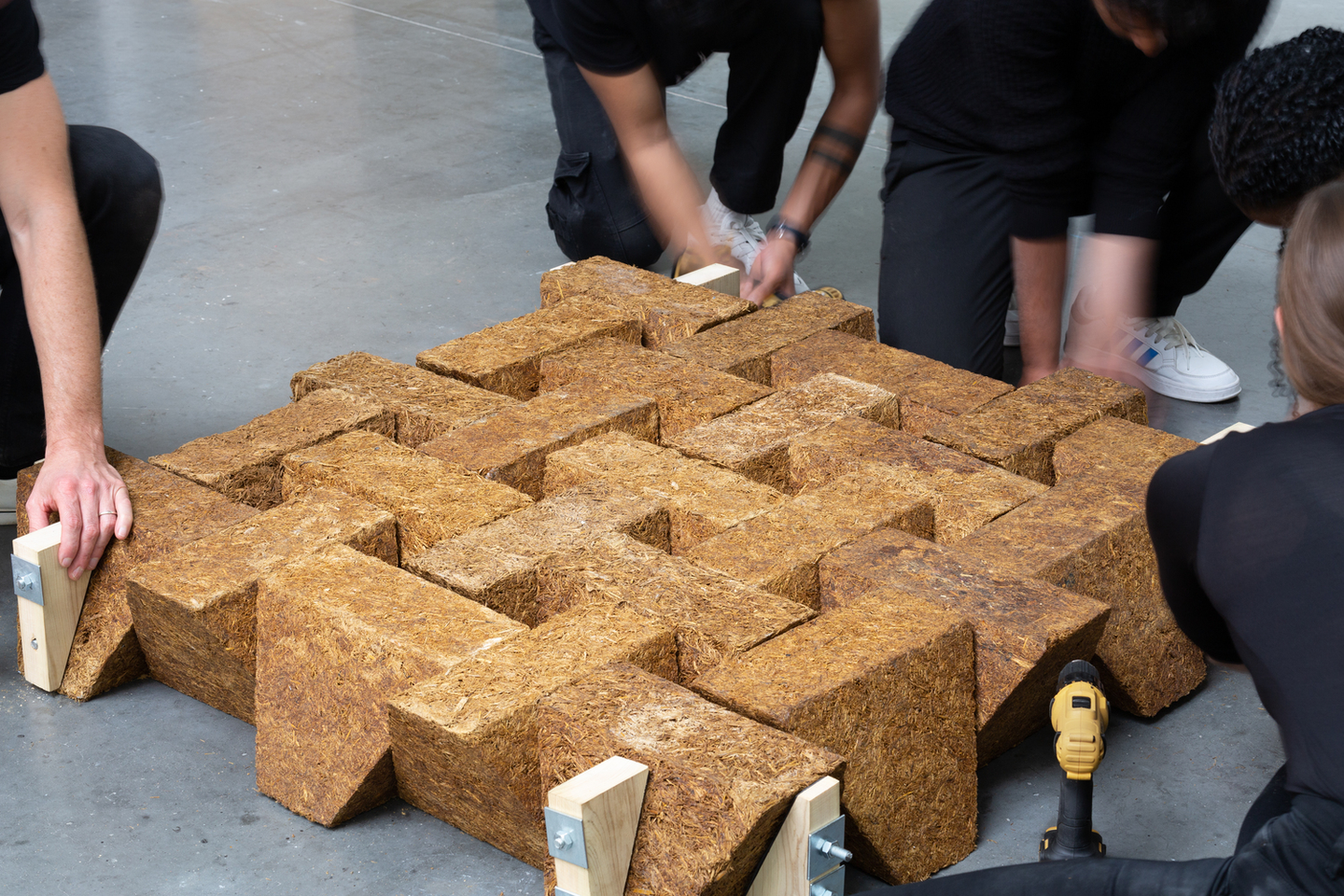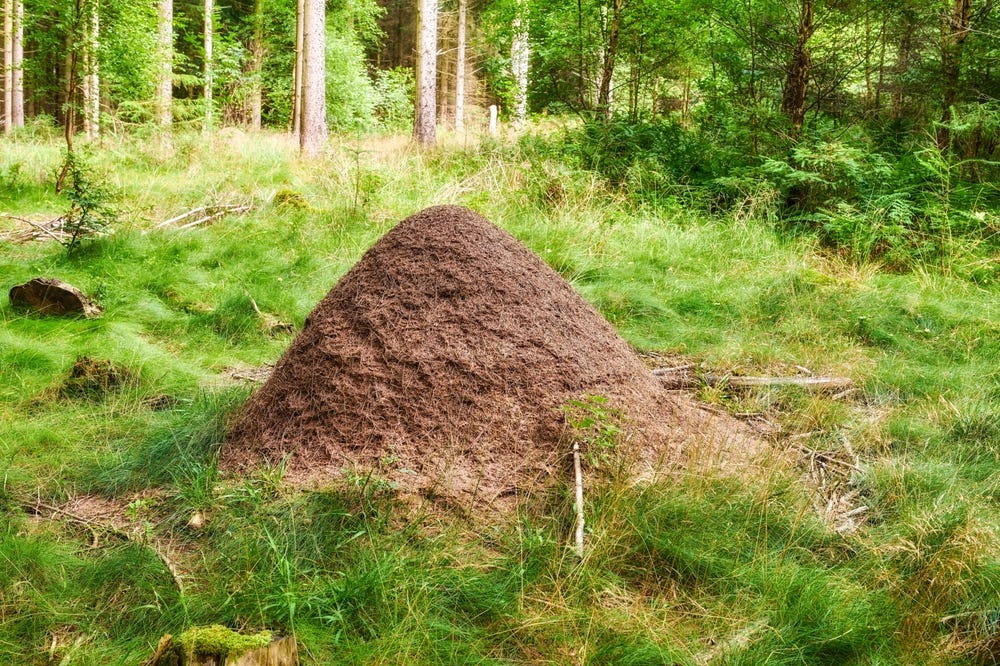Sugarcrete: A Sweet Solution to Sustainable Construction
As the planet grapples with the effects of climate change, the race to find eco-friendly alternatives in construction is even more urgent

[Sept 1, 2023: Staff Writer, The Brighter Side of News]
In a time when the construction industry is facing increased scrutiny for its high carbon emissions, Sugarcrete™ shines as a beacon of hope. (CREDIT: UEL)
As the planet grapples with the effects of climate change, the race to find eco-friendly alternatives in every sector is more urgent than ever. One such groundbreaking innovation is coming from the University of East London’s Master of Architecture and Sustainability Research Institute (SRI).
With the assistance of Tate & Lyle Sugars, they have presented the world with Sugarcrete™ – a sustainable, ultra-low carbon building material crafted using arable by-products.
The Sugarcrete™ Revolution
In a time when the construction industry is facing increased scrutiny for its high carbon emissions, Sugarcrete™ shines as a beacon of hope. Instead of relying on conventional high-carbon materials, Sugarcrete™ brings together the leftovers of sugarcane processing, known as bagasse, and bespoke sand-mineral binders. This unique blend not only holds the promise of replacing traditional bricks and concrete but offers a reusability factor that elevates its sustainable profile.
Grimshaw, the architectural firm in creative partnership with the institute, has given this innovation its first real-world application. Together, they've prototyped the Sugarcrete™ Slab. A tangible representation of the potential this material holds.
Related Stories:
Fast Facts and Figures
The result of two years of meticulous research and development, UEL’s SRI has shared some impressive numbers around Sugarcrete™. When pitted against traditional concrete production:
Curing time is drastically reduced to just one week, as opposed to the 28 days required by regular concrete.
It's significantly lighter, weighing in at only one-fourth to one-fifth the weight of a regular concrete block.
It boasts an impressive carbon footprint reduction, using just 15-20% of what regular concrete does.
On the economic front, Sugarcrete™ promises substantially lower production costs.
Armor Gutierrez Rivas, Senior Lecturer in Architecture at UEL, shed light on the broader implications. "Sugarcane is the world’s largest crop by production volume – almost two billion tonnes produced worldwide yearly, yielding six hundred million tonnes of fibre bagasse as a by-product. With Sugarcrete™, the potential CO2 savings are staggering, possibly mitigating up to 3% of the global CO2 production," Rivas elucidated.
SugarcreteTM has been nominated for this year’s Earthshot Prize by former winners, Notpla, in the Build a Waste-Free World category. (CREDIT: UEL)
Furthermore, as the global built environment is responsible for 40% of annual global CO2 emissions, Rivas emphasizes the pressing need for alternatives, especially given projections that our global built floor areas are set to double by 2060.
The Science and Design Behind Sugarcrete™
Under the umbrella of their research program, UEL ventured into the design of a prototype floor-slab using Sugarcrete™. By leveraging advanced digital modelling and robotic fabrication, the team could thoroughly assess the ultra-low carbon material's viability in construction settings.
Sugarcrete™ bricks made out of sugarcane. (CREDIT: Sugarcrete™)
Elena Shilova, an architect at Grimshaw, provided insights into the design mechanics. "Sugarcrete™, when integrated as a floor slab, adapts Abeille’s 1699 design for dry assembly flat vaults. The interlocking components transfer loads across the slab, seeing a reduction in steel content by up to 90%," Shilova detailed.
This reduced steel usage, combined with varying sugar cane fibre densities, allows the slab to circumvent the issues traditional concrete faces under duress. Shilova adds, "It becomes adept at absorbing the effects of seismic shock – vital in earthquake-prone regions where sugarcane cultivation is rampant.”
Local and Global Impacts
In collaboration with Tate & Lyle Sugars, the team is also scanning sugar-producing regions in the Global South, aiming to introduce Sugarcrete™. The blueprint is to collaborate with local NGOs for prototype testing.
Alan Chandler, Co-Director of the UEL’s SRI, emphasized the broader socio-economic implications. He remarked, "Partnering locally helps evaluate the production potential in each situation. Whether it's about reducing cement use with local Sugarcrete™ or exploring export markets for raw material or finished products to bolster GDP. Consider Cuba, where a concrete block costs $3, nearly 2% of the average monthly salary. Here, Sugarcrete™ can be transformative."
Recognition and Future Steps
In a nod to its innovative prowess, Sugarcrete™ is in the running for this year's Earthshot Prize, nominated under the 'Build a Waste-Free World' category by previous winners, Notpla.
Sugarcrete™'s mechanical performance and strength are compared to traditional materials, even exceeding them. (CREDIT: Sugarcrete™)
Researchers from UEL have also indicated their plans to unveil their first batch of Sugarcrete™ journal papers in partnership with collaborators. Parallelly, the exploration into the structural, durability, and acoustic properties of Sugarcrete™ will continue, paving the way for further advancements.
In a world teetering on the brink of irrevocable climate change, innovations like Sugarcrete™ not only show us the light at the end of the tunnel but also chart the path we must take to get there.
For more science news stories check out our New Innovations section at The Brighter Side of News.
Note: Materials provided above by The Brighter Side of News. Content may be edited for style and length.
Like these kind of feel good stories? Get the Brighter Side of News' newsletter.



